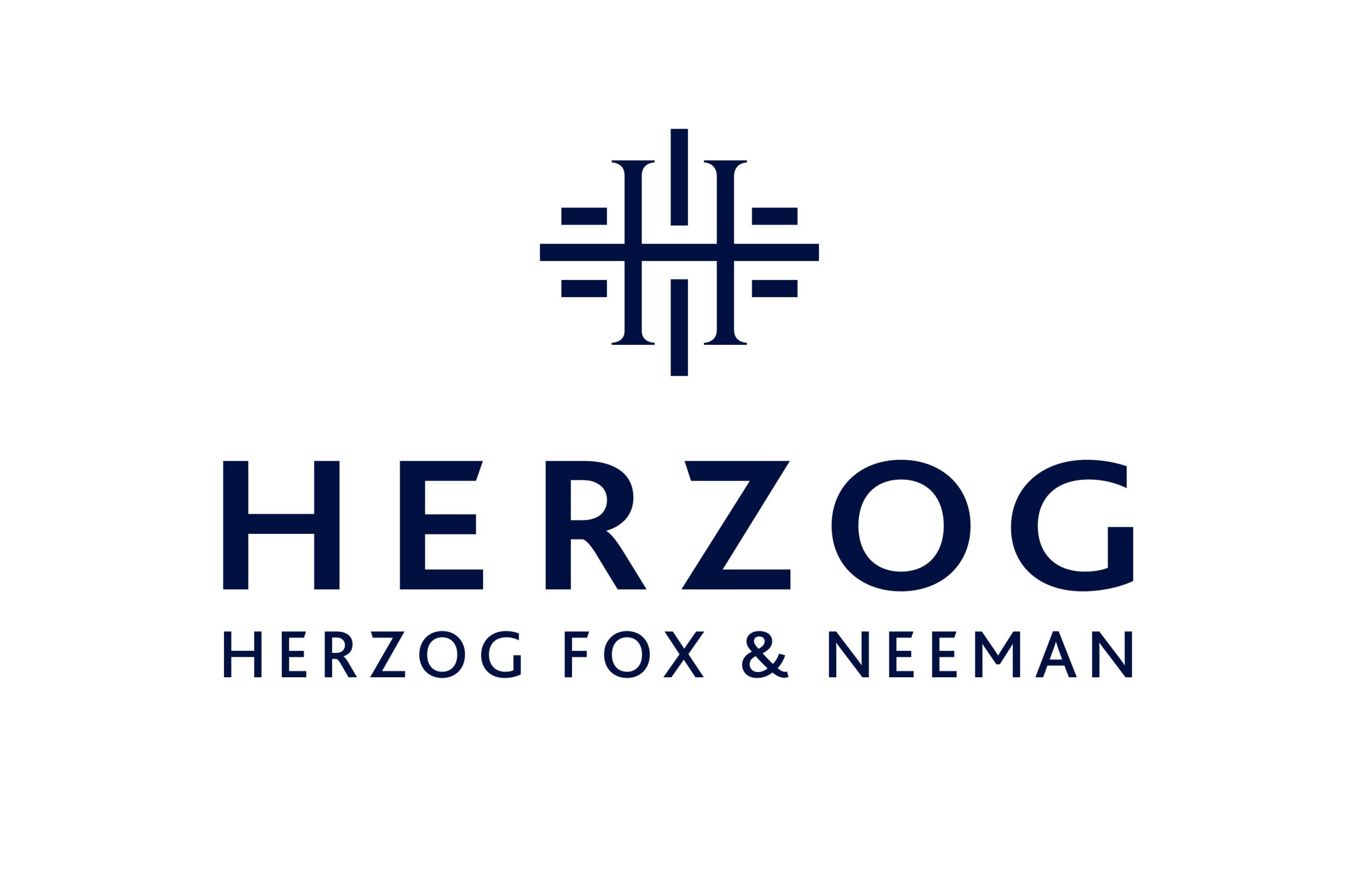The New US Tariffs
9 April 2025
On April 2, 2025, U.S. President Donald Trump signed an executive order imposing new tariffs on imports from all countries, including Israel. This move aims to address the ongoing U.S. trade deficit, boost domestic industry, and reduce the national debt.
Key Provisions of the Executive Order
- General Tariff: A baseline tariff of 10% will apply to all goods imported into the United States from countries with minimal trade deficits with the U.S. (e.g., Australia and Brazil). This provision takes effect on April 5, 2025.
- Higher Tariffs on Deficit Countries: Over 50 countries with significant trade deficits with the U.S., including Israel, will be subject to elevated tariffs ranging from 11% to 50%. Specific examples include:
- Israel: 17%
- European Union: 20%
- Japan: 24%
- South Korea: 25%
These rates will come into effect on April 9, 2025.
Exemptions for Shipped Goods: Goods that were shipped and departed for the U.S. before April 5, 2025 will not be subject to the new tariffs. The existing Israel–U.S. Free Trade Agreement will continue to apply to these goods.
- Product Exemptions
Certain products are excluded from the new tariffs, including:
-
- Medicines and medical materials.
- steel/aluminum products ;
- vehicles/car parts;
- copper;
- semiconductors;
- wood products;
- bullion (e.g., raw gold and silver);
- Certain energy products and minerals that are not available in the United States.
In addition, should the United States components of the entered merchandise be 20% or greater, the new tariffs will only apply to the non-U.S. content.
We recommend reviewing the link below, which includes a full list of the HS codes that were excluded from the order, and which will be exempt from the new duties: for reading click here
The Impact of the Order on Israel
Goods (excluding services) imported from Israel to the U.S. will be subject to a 17% tariff under the new regime.[1]
Ongoing discussions with U.S. authorities are exploring the possibility of reducing this tariff to 10%. Additionally, the Israeli government is considering compensatory incentives for affected exporters.
On April 1, 2025, one day before the U.S. order was signed, Israeli Finance Minister Bezalel Smotrich issued a preemptive order to cancel import levies on U.S. goods, aiming to align with the new trade direction. However, under the existing free trade agreement, most imports from the U.S. are already duty-free, with remaining levies largely restricted to agricultural products (e.g., almonds, wine, and potatoes), which are intended to protect local farming. This cancellation order is not yet in effect.
Next Steps and Support
We remain at your disposal, including in determining the origin and customs value of the goods, conducting transfer prices studies and offering strategic tax advice related to potential opportunities under the new regime.
We will continue to monitor developments and update accordingly.
Wishing you a happy Passover.
_____________________________________________________________________________________________________________________
[1] The tariff rate was calculated based on a formula derived from a trade deficit of $7 billion (the total imports from Israel to the United States amount to about $20 billion per year, while total exports from Israel to the United States are approximately $13 billion). The $7 billion was divided by $20 billion (Israeli exports to the United States), resulting in a rate of 35%. This result was divided into two, leading to a final tariff rate of 17% on imports from Israel to the United States.





